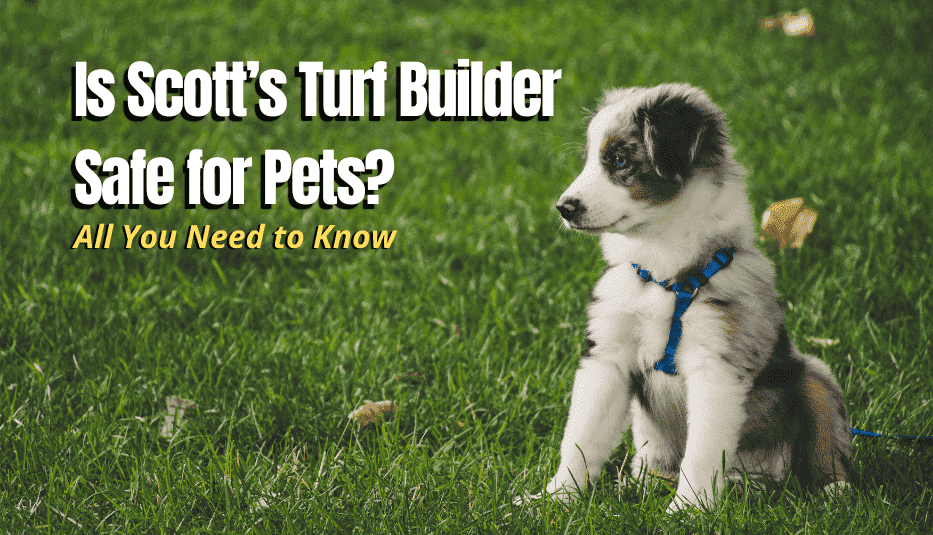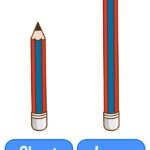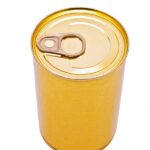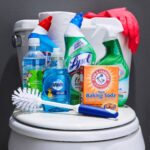Pet Safety and Lawn Care Products: What Every Pet Owner Should Know

Pet Safety and Lawn Care Products: A Comprehensive Guide
Introduction
Pet owners often face a dilemma when managing their lawns and homes: how to control pests and weeds without endangering the health of their beloved animals. Many products on the market claim to be safe, but understanding how to use each safely is critical. This guide covers the safety and responsible use of five commonly asked-about products: Alpine WSG, Scotts Turf Builder, Ortho Weed Killer, Milorganite, and Tempo. For each, we provide practical advice, examples, and step-by-step instructions to ensure your pets stay protected.
Alpine WSG: Safe When Used Responsibly
Alpine WSG (Water-Soluble Granules) is a professional-grade insecticide known for its low toxicity and non-repellent formula. It is often used indoors and outdoors for controlling pests such as bed bugs, ants, and cockroaches. The active ingredient, dinotefuran, has been granted reduced risk status by the EPA for public health use indoors. Alpine WSG is considered safe for pets and humans when used exactly as instructed on the product label. The greatest risk of exposure is during the application and drying period, not once the product has dried completely [1] [2] [3] .
Implementation Steps:
- Read the label thoroughly before application. Use the recommended dilution, and wear gloves and protective clothing.
- Apply the product in targeted areas. Avoid spraying in food preparation zones, on pet toys, or bedding.
- Keep pets and children out of the treated area until the product is dry -usually 30 minutes to 2 hours depending on humidity and ventilation. This minimizes the risk of inhalation or contact exposure.
- Dispose of excess solution according to local regulations to avoid environmental contamination [1] .
Potential Challenges:
Some pets, especially those with respiratory sensitivities, may be more affected by chemical residues. In multi-pet households, monitor all animals for any unusual symptoms post-application and consult your veterinarian if concerns arise. Always err on the side of caution and allow extra drying time if unsure.
Scotts Turf Builder: Best Practices for Pet Safety
Scotts Turf Builder is a popular fertilizer designed to strengthen lawns. The manufacturer states that when the product is applied according to label instructions and watered in, it is generally safe for pets to return to the treated area once the grass is dry. However, precautions are necessary to prevent accidental ingestion or contact with the granules before they have been watered in and dried.
Implementation Steps:
- Apply the fertilizer evenly and follow the recommended application rate.
- Immediately water the area to help the product dissolve and minimize granule exposure.
- Keep pets (and children) off the lawn until it has completely dried after watering. Drying time may vary based on weather conditions, but waiting 24 hours is a conservative approach.
- Store unused product in a secure location, out of reach of pets.
Potential Challenges:
Some pets may attempt to eat fertilizer granules, which can cause gastrointestinal distress or more serious health issues. If accidental ingestion occurs, contact your veterinarian immediately. Always supervise pets closely during lawn maintenance and consider using pet barriers or keeping pets indoors during and after application.
Ortho Weed Killer: Caution Required
Ortho Weed Killer products vary, but most are systemic herbicides designed to eliminate unwanted weeds without damaging lawns. The key safety concern for pet owners is direct contact with freshly applied product, which can cause mild to moderate irritation or, rarely, toxicity if ingested in large amounts.
Implementation Steps:
- Read and follow all label instructions. Identify the active ingredient and check for any specific pet-related warnings.
- Apply on a calm day to minimize drift, and avoid overspray onto pet play areas or food/water bowls.
- Keep pets off treated areas until the product has dried completely-typically several hours, but overnight is safest in damp or cool conditions.
- Rinse any pet toys, dishes, or equipment that may have come into contact with the spray.
Potential Challenges:
Pets that chew grass or plants may be at greater risk. If you have a pet that is prone to grazing, consider fencing off treated areas temporarily or using spot treatments in areas that are not accessible to pets. If any symptoms of toxicity occur, such as drooling, vomiting, or lethargy, seek veterinary care promptly.
Milorganite: Organic, But Not Without Risks
Milorganite is an organic fertilizer made from heat-dried microbes that have digested organic material in wastewater. It is popular for its slow-release properties and is marketed as safe for use around pets and children when applied as directed. However, because it is derived from organic matter, some dogs may be attracted to its scent and may attempt to eat it, which can cause digestive issues .
Implementation Steps:
- Apply Milorganite using a spreader for even distribution. Water the lawn after application to help the product settle into the soil.
- Keep pets off the lawn until the product is watered in and the grass is dry. This helps prevent ingestion and reduces tracking.
- Store the product in a secure, dry area, as its strong scent can attract pets.
Potential Challenges:
Dogs with a strong inclination to eat things from the yard may be at risk of ingesting significant amounts of Milorganite, which could lead to vomiting or diarrhea. In severe cases, ingestion of large quantities could require veterinary attention. Supervise pets closely and reapply water if granules remain visible after initial watering.
Tempo: Use With Strict Precautions
Tempo is a synthetic pyrethroid insecticide (active ingredient: cyfluthrin) commonly used for pest control. According to the manufacturer, Tempo is safe for pets once the product has dried completely after application. However, pyrethroids can be toxic to cats and, to a lesser extent, dogs if ingested or if there is significant skin contact with the wet product.

Source: webuzzauto.fr
Implementation Steps:
- Apply Tempo according to the label, wearing gloves and avoiding areas where pets sleep, eat, or play.
- Keep all pets and children away from the treated area until the product is fully dry. Drying times can vary, but waiting at least 2-4 hours is recommended.
- After application, ventilate indoor areas and avoid re-entry until all surfaces are dry. If using outdoors, consider weather conditions that may delay drying.
- Store all pesticides securely, out of reach of pets.
Potential Challenges:
Cats are especially sensitive to pyrethroid toxicity. If your home includes cats, be extra cautious with any pyrethroid-based product. If a pet exhibits symptoms such as twitching, drooling, or seizures after exposure, seek emergency veterinary care immediately.

Source: wallpapers.com
Alternative Approaches and Additional Tips
If you prefer to avoid chemical products entirely, consider alternative methods for pest and weed control. Manual weed removal, natural predators, and organic pest deterrents can all reduce the need for chemical interventions. For fertilizing, compost and organic amendments are viable options. Consult your veterinarian or a pet-friendly lawn care specialist for tailored advice.
Accessing Product Information and Guidance
Always verify the safety of a product by reading the manufacturer’s label and safety data sheet. For the most current information, visit the official product websites, search for the brand name followed by “Safety Data Sheet” or “pet safety,” or contact the company’s customer service directly. If no official website is available, search for product reviews from reputable sources or consult your local extension office for region-specific advice.
What To Do If You Suspect Exposure
If your pet comes into contact with any of these products before they have dried, wash your pet’s paws and fur with mild soap and water. Monitor for any signs of distress (drooling, vomiting, lack of coordination) and contact your veterinarian. For severe exposures, call the Pet Poison Helpline or your local animal emergency clinic for immediate assistance.
Summary
While many lawn and pest control products are marketed as safe for pets, true safety depends on responsible use, following instructions, and keeping pets away from treated areas until products are fully dry. When in doubt, consult your veterinarian or lawn care expert, and always use the most up-to-date resources available. By taking these precautions, you can enjoy a beautiful lawn and a healthy, happy home for your pets.
References
- [1] Self Control Pest (2023). Is Alpine WSG Safe for Pets?
- [2] YouTube (2025). Is Alpine WSG Safe For Pets And Humans?
- [3] Veseris (2025). Alpine WSG Insecticide Product Page.
- [4] Label SDS (2019). Alpine WSG Safety and Label PDF.
- [5] DoMyOwn (2017). Alpine WSG Insecticide Product Q&A.
- Milorganite (2024). Milorganite and Pet Safety.






